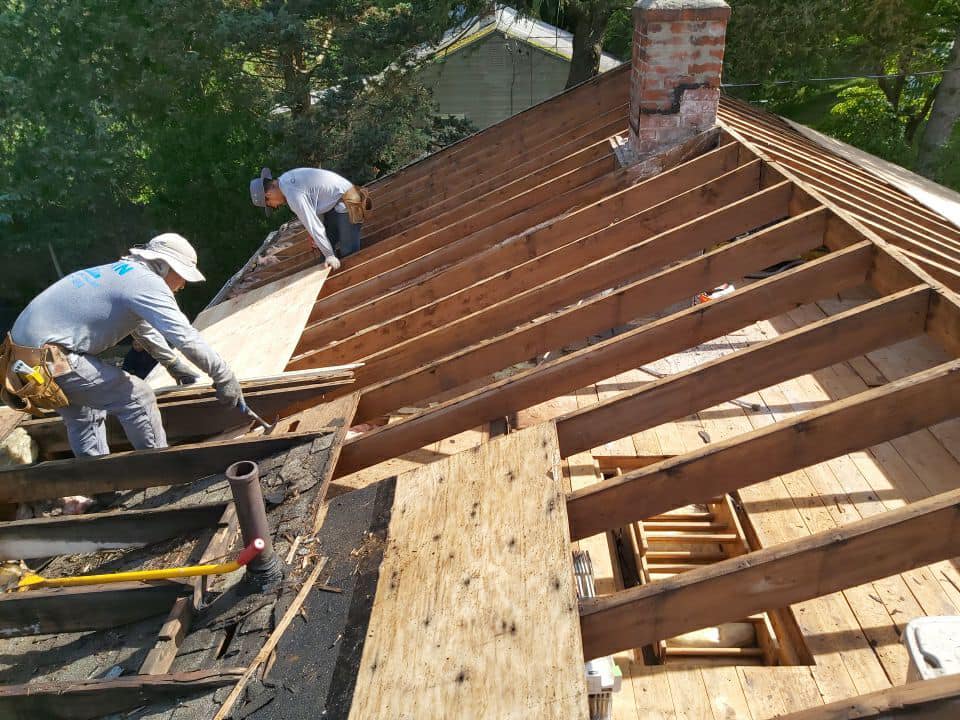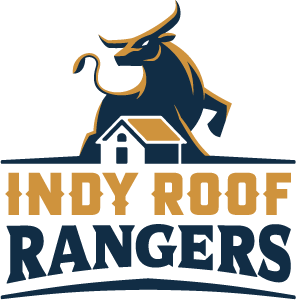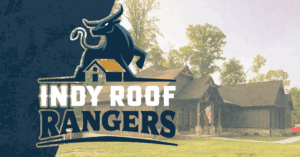Types of Roof Truss Design
There are many types of roof truss design that are available on the market today. Each type of roof truss has its own set of benefits and drawbacks that should be considered before making a purchase. This article will provide an overview of the different types of roof trusses so that you can make an informed decision when choosing a design for your home.
What is roof truss design and its importance in construction
Roof truss design is a critical component when considering the construction of any building. Selecting the appropriate truss layout and design components can drastically influence the overall structure of a building, as well as its overall stability and performance over time. Each type of roof truss has unique qualities that must be considered when designing the ultimate construction plan, including strength, span capability, cost efficiency, and installation safety. Professional builders understand the importance of investing in quality materials and adhere to sound roof truss engineering principles during every stage of construction. Making an informed decision about roof truss design could mean the difference between successfully completed projects and costly structural concerns down the line.

Different types of roof truss designs, including their advantages and disadvantages
Roof trusses are essential components of any structure, and there are a variety of designs used to suit different needs. The most common type is the standard right-angle truss, which is composed of loads bearing elements connected at joints with angles that measure roughly 90 degrees. This design offers good structural integrity and is suitable for lighter applications such as low bedroom or attic spaces. However, when dealing with pitched roofs either to enhance the aesthetic or for greater support requirements, more creative truss designs come into play including fan, scissor and double-pitched truss types. These alternative options offer greater stability than the standard design but may require additional materials due to their complexity. For heavy loads such as those encountered in second story additions and cathedral ceilings, manufacturers may prefer to use an A-frame truss instead due to its increased strength. Each design comes with its own set of advantages and disadvantages, so assessment of usage should always be taken into consideration before deciding upon a particular option.
Comparing most popular roof truss designs used today
Today, there are a multitude of roof truss designs available for use ranging from simple to complex depending on the specific needs of the building project. While their application can ultimately depend upon the engineer’s discretion, two of the most popular types presently used are stick frame and hammer beam truss designs. Stick frames are typically simpler in design and thus more cost-effective, but may lack in load-bearing capabilities compared to hammer beam trusses. Hammer beams, while usually incorporating more complicated engineering, carry a higher capacity with regard to supporting greater loads. As a result, they are often better suited for large structures or difficult geometries. Both options have distinct advantages that make them well suited to serve particular purposes within any given construction venture.
Tips on how to choose the right roof truss design for your home or building project
When it comes to selecting the right roof truss design for your home or building project, there are a few key factors to consider. Structural integrity is paramount, so be sure to deliberate on the specifications of the project and research reputable manufacturers that have a strong track record in producing durable trusses. You also want to prioritize ease of installation; many varieties of pre-manufactured trusses exist which are swifter and simpler to put into place than complex timber structures. Think about what type of roof shape you want, as well; Gambrel Style and Slope End designs may suit certain structures better than others, while Mono Trusses provide an economical solution when rooftop space is limited. Ultimately, by understanding the different varieties of trusses available and assessing your individual needs, you can make a confident decision in terms of material choice and installation.

Indy Roof Rangers
https://www.google.com/maps?cid=2247677804134186354
5339 W Minnesota St, Indianapolis, IN 46241, United States
(317) 244-7663
https://indyroofrangers.com/

